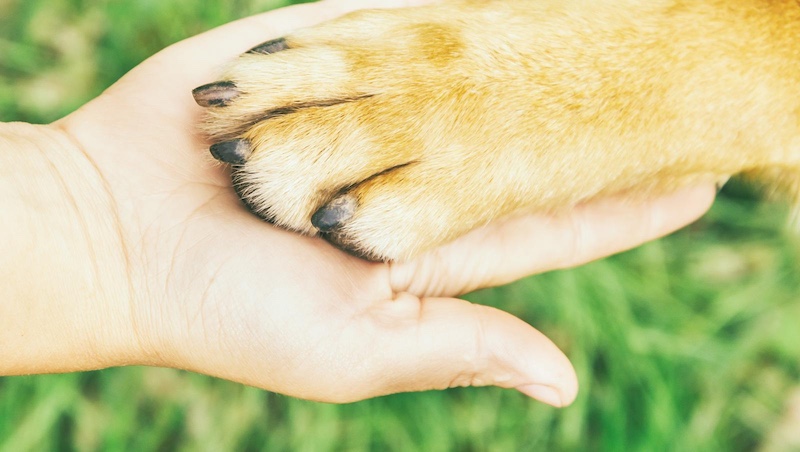Maintaining the health of your dog’s paws is crucial for their overall well-being. Dog paws endure a lot of wear and tear, from rough terrain during walks to harsh weather conditions. In addition to physical stress, paws can also be exposed to harmful substances, such as chemicals and allergens, that can lead to irritation or injury. Ensuring that their paws are in top condition not only enhances their mobility but also contributes to their comfort and happiness. Here are some essential tips to keep your dog’s paws healthy and happy.
Regular Inspections
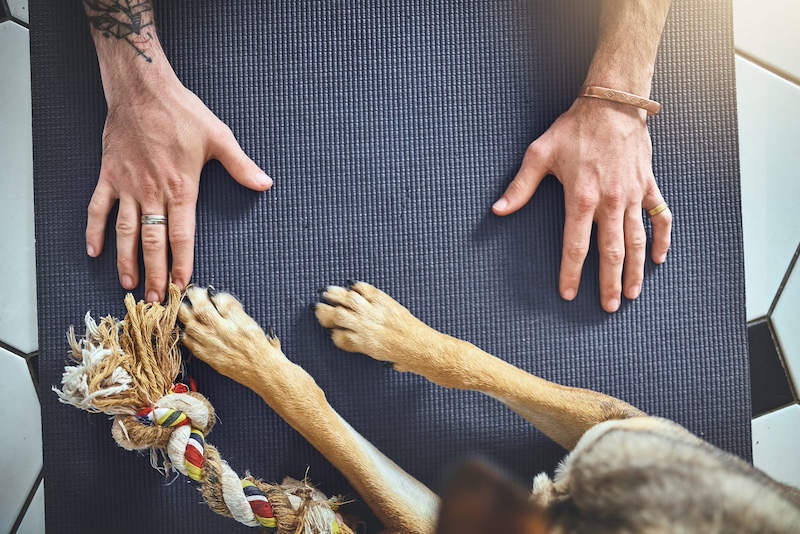
One of the simplest yet most effective ways to maintain your dog’s paw health is through regular inspections. Make it a habit to check your dog’s paws at least once a week. Look for any signs of injury, redness, swelling, or foreign objects lodged between the toes. Pay close attention to the pads, as they can become cracked or sore, especially during extreme weather.
Nail Trimming
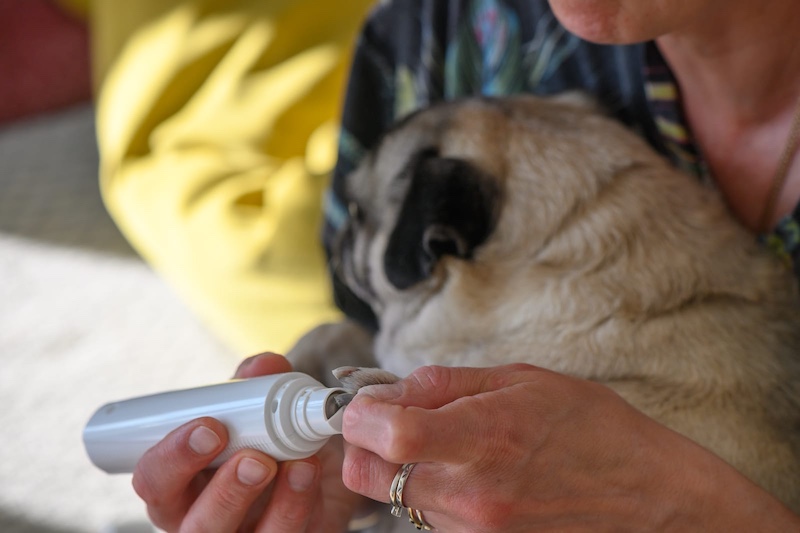
Long nails can cause discomfort and lead to issues with your dog’s gait. They may also break or splinter, leading to pain or infection. Trim your dog’s nails regularly, ideally every 3-4 weeks, to keep them at a healthy length. If you’re unsure how to trim your dog’s nails, consult your veterinarian or a professional groomer for guidance. They can demonstrate the proper technique and help you get your pup comfortable with the process.
Paw Pad Care
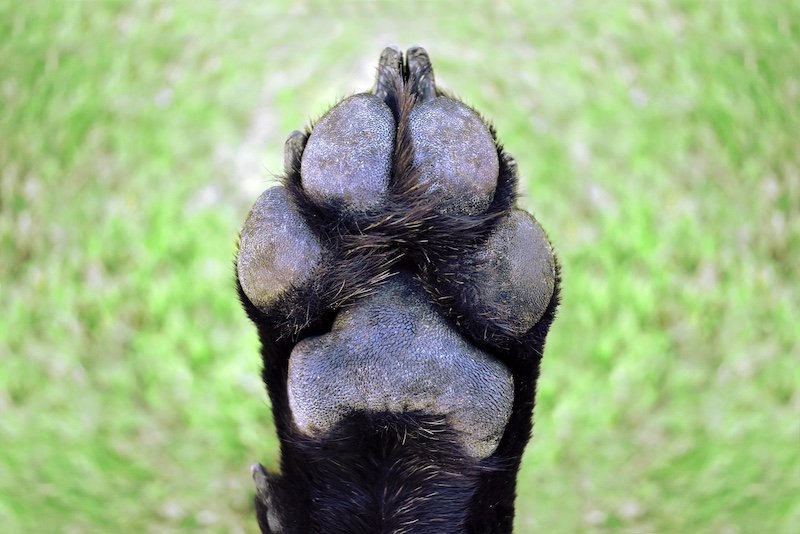
The pads on your dog’s paws are designed to be tough, but they can still be sensitive to harsh conditions. In the winter, snow and ice can accumulate between the toes, leading to discomfort and even frostbite. Consider using dog booties to protect your dog’s paws during walks in harsh weather. Additionally, applying a paw balm can help soothe and moisturize dry or cracked pads.
Safe Surfaces
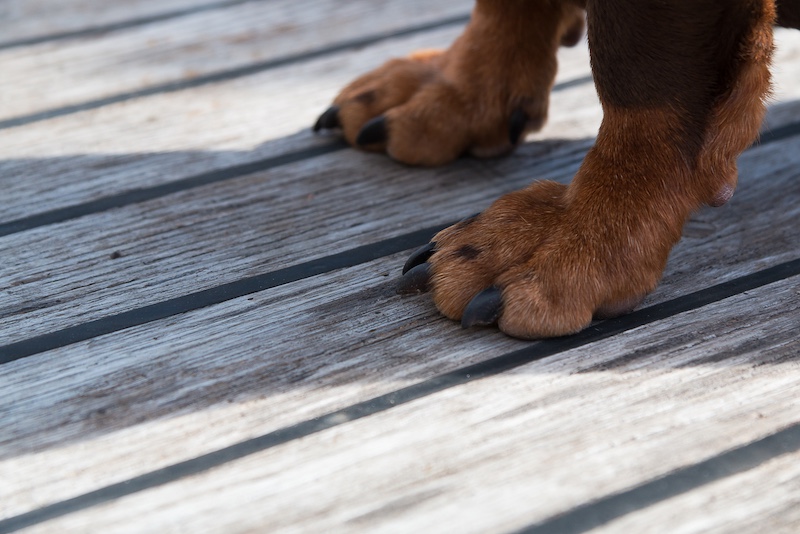
When walking your dog, be mindful of the surfaces they are walking on. Hot pavement in the summer can burn their pads, while rough terrain can cause cuts and scrapes. To test if the surface is too hot for your dog, place your hand on the ground for seven seconds. If it’s too hot for your hand, it’s too hot for your dog’s paws. Consider adjusting your walking route or walking during cooler times of the day.
Hydration and Nutrition
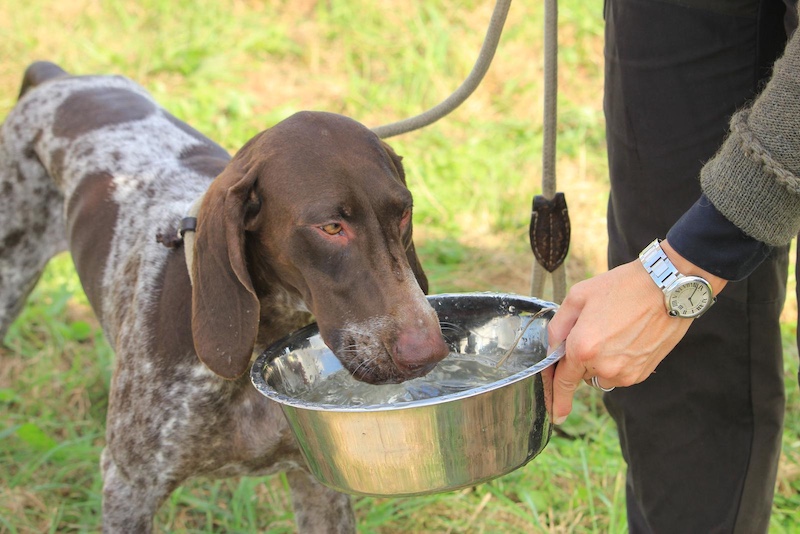
A well-hydrated dog is more likely to have healthy skin and pads. Ensure your dog has access to fresh water at all times. Additionally, a balanced diet rich in omega-3 and omega-6 fatty acids can promote healthy skin and fur, which includes the paws. Consult your veterinarian about the best diet for your dog’s specific needs.
Routine Vet Check-ups
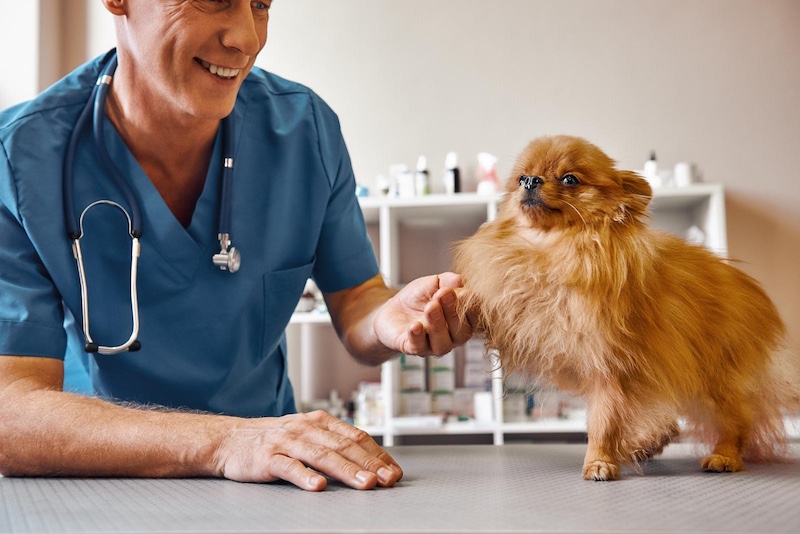
Regular veterinary check-ups can help catch any potential paw problems early on. Your vet can examine your dog’s paws, looking for signs of infection or other issues that may not be visible to the untrained eye. They can also provide advice on proper grooming techniques and any specific needs your dog may have based on their breed or lifestyle.
Keep Them Clean

After walks, particularly in muddy or sandy areas, take the time to clean your dog’s paws. Use a damp cloth or pet wipes to remove dirt, debris, and salt (in winter) from their paws. This helps prevent irritation and infection and keeps your home cleaner. Please Note: This content was created with the assistance of AI and thoroughly edited by a human before publishing.

